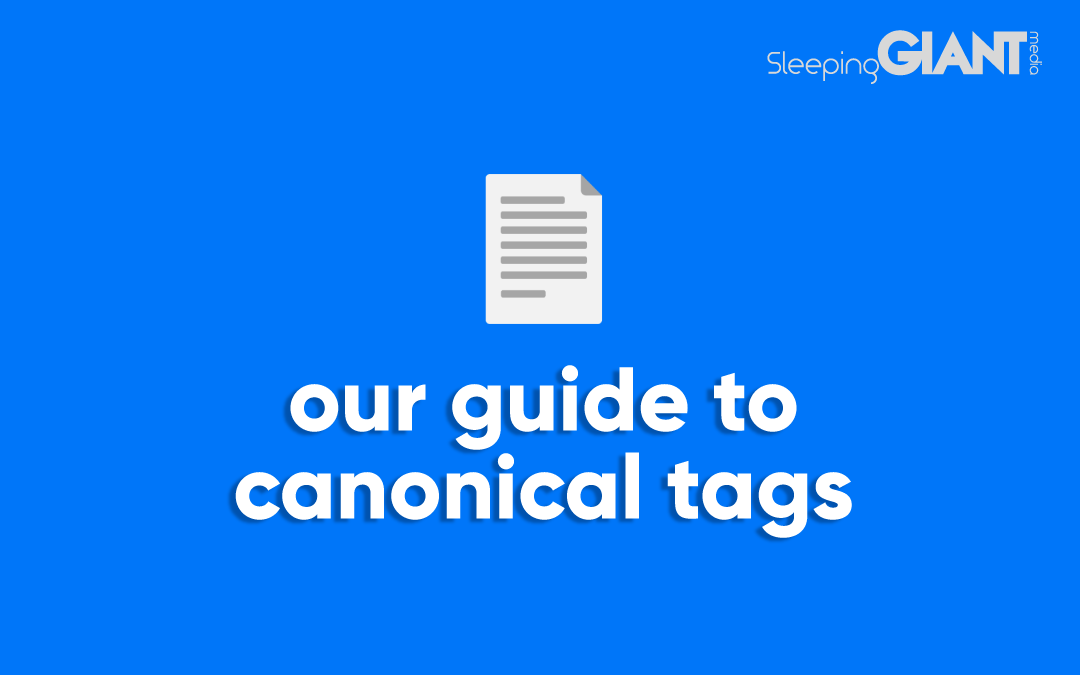Image SEO - Optimising Your Website Images For Search Engines
Image SEO - Optimising Your Website Images For Search Engines

Digital Marketing, technology & business insights, how to’s and explainer videos, released on a Wednesday. Make sure to subscribe to be notified and sign up to our mailing list! 🎥
See below, the transcript from this episode of Giant Wednesday if videos aren’t your preferred method to consume digital skills. See also the Giant Cheat Sheet from this episode.
If you want to know more, get in touch today 😎
Hey… Looking to get your hands on some underutilised, but popular search engine real estate?
Ever wondered if there’s more to photos on your website than just… looking nice?
Well hey, I’m Luke let’s chat about using images to boost your visibility in SERPs in this Giant Wednesday.
So we all know the saying that a picture is worth a thousand words, but can a picture also tell search engines about how great you are?
The short answer is yes. Or at least, they can help.
With over 60% of the internet consisting of images alone, you can get a leg up on the competition by making sure that your images are optimised effectively and working in your favour.
Image optimisation is one of the most simple, yet overlooked, SEO strategies out there.
But it’s probably not going to be like that for too much longer. In the past year or two, Google has started to push the importance of images and their optimisation on SEOs – both from a usability perspective and with regards to inclusivity.
In fact, there is even legislation in the US that requires websites to provide alt texts to users, to help ensure that the web is a wonderful place for everyone to enjoy.
When it comes to optimising your images, there are a few things to think about – with alt texts being one of them.
But as web developers and SEOs look to create bigger, better and faster online experiences, it’s getting increasingly important to make sure that your photos and visuals are keeping up.
Having your images appear in image search results will also aid your goal of SERP-domination – generating more impressions, and hopefully clicks for your business.
With the demand and reward for image optimisation about to get a lot more interesting, we’ve broken down a few of the things you can take a look at right now. Well.. after this video.
Number 1: Image File Names
Starting with the basics, the way in which you name your image file, or any file on your website for that matter, is crucial.
They need to be descriptive and keyword-rich, helping Google and other search engines crawlers to suss out the subject matter of your file.
Typical file names will look a bit like “IMG_83746.jpg” but what’s that telling anyone?
It needs to be part of your SEO best practices to rename all the files you upload to your site, thinking about what will help search engines (and humans) understand your image and improve your SEO value.
Don’t just take a photo like this and name it “Lee-in-the-office.jpg”, instead look to name it something like “man-on-the-phone-in-an-office-smiling.jpg”.
Think about it like a game where you need to explain the contents of an image to someone.
And where possible, try to include your keywords at the beginning of the file name!
Number 2: Image Alt Text
The alt text, or alt tag, is a piece of descriptive text added to an image that will display if the image can’t for whatever reason.
Alt-text is also used for screen readers that people may use when visually impaired, making sure no information or functionality is lost, and your site is inclusive.
For this very reason, your alt text needs to be descriptive and coherent so that the lack of visuals in any case doesn’t negatively affect your site or the experience of the user.
Similar to the image file name, you should do this for all images on your site, and where appropriate, add the keyword for that page.
But don’t overstuff it or make it crazily descriptive, it needs to be accessible for humans first, search engines second.
Number 3: Compressing Your Images
According to HTTP Archive, images make up, on average, 21% of a total webpage’s weight.
Compressing your images essentially help you to reduce to overall file size, without noticeable loss of quality.
And with that reduction in file size, comes less-bloated webpages and a faster loading speed – all things that search engines favour when it comes to SEO.
You can use tools like Google’s PageSpeed Insights tool to see which files and images on your webpage are the heaviest, and then look at reducing these file sizes to improve page speed.
Image compression can happen pre-upload using desktop tools such as Photoshop, or you can install plugins to your website like WP Smush that’ll compress upon upload.
Number 4: Choose the right format
Knowing what image format to use is your next battle, and whilst things like next-gen image formats are great, they’re not yet compatible with all browsers. So keep an eye out for this.
It’s theorised that the next-gen image format of WebP will be the most common format in the future as it was built by Google themselves – but it isn’t currently supported in browsers like Safari.
But for now here’s an overview of the formats depending on your images objective:
- Choose a JPEG for larger photos or illustrations
- Use PNG if you want to preserve background transparency but be aware of file sizes
- WebP (on some browsers) can be used instead of JPEG & PNG for high-quality, low file sizes
- Use SVG for logos and icons which you can then resize in the backend of your site using JavaScript and CSS
There’s no right answer about one preferred file format, but my suggestion – keep an eye on next-gen formats in the future… – not that far in the future…
Number 5: Creating Unique Images
And finally, creating unique images.
Like I mentioned at the beginning, things like Google Image Search are another great area of SERP Real Estate to get your hands on.
However, standing out can be quite tricky with many websites using the same… generic… stock… imagery.
If you can create your own images, and follow all the optimisation techniques I’ve just covered, then your new, unique image could appear in these SERPs too.
This will give you the best chance of generating the clicks you’re after, whilst giving your site users a better experience – win win!
Something else to keep in mind is that you’re more likely to appear on Google Discover if you use your own unique imagery, and for bonus points – use a larger image (at least 1200px wide).
Essentially, don’t put all that effort in just for someone else’s stock imagery that’s also plastered across your competitors sites. awkward… – make your own!
So those were five things to look at to optimise your imagery and improve your overall SEO efforts.
You can use tools like Google Search Console to track the performance of your organic image search, so go take a look.
If you have any questions, get in touch.
But otherwise, make sure to like & subscribe to our channel for more great digital themed videos every week.
Sign Up For Giant Wednesday In Your Inbox
Use the form below to sign up and we'll send you fortnightly update emails when a new episode of Giant Wednesday is launched.
Want results like these?
So, you’ve seen how we do it — and you know what we’re capable of. If your brand or business could benefit from results like these, get in touch with us today to unleash your potential.
Follow Us
Sign Up For More
Stay up to date with the latest happenings, learnings, events & more with our GIANT Newsletters.
Contact Us
Top Floor, The Civic Centre, Castle Hill Avenue, Folkestone CT20 2QY.
Copyright © 2022 Sleeping Giant Media. All Rights Reserved.


